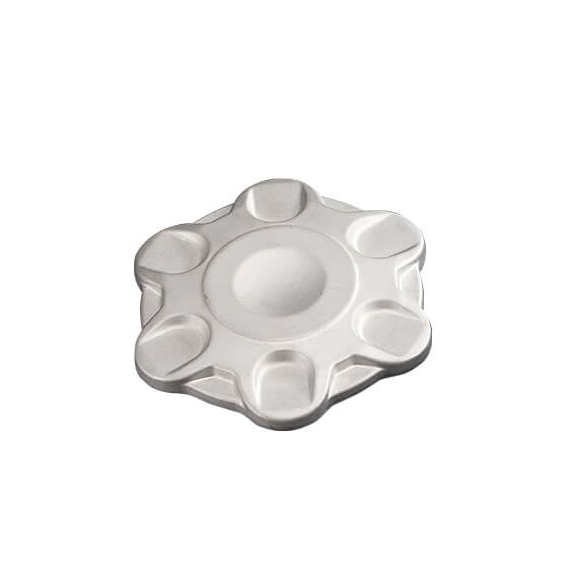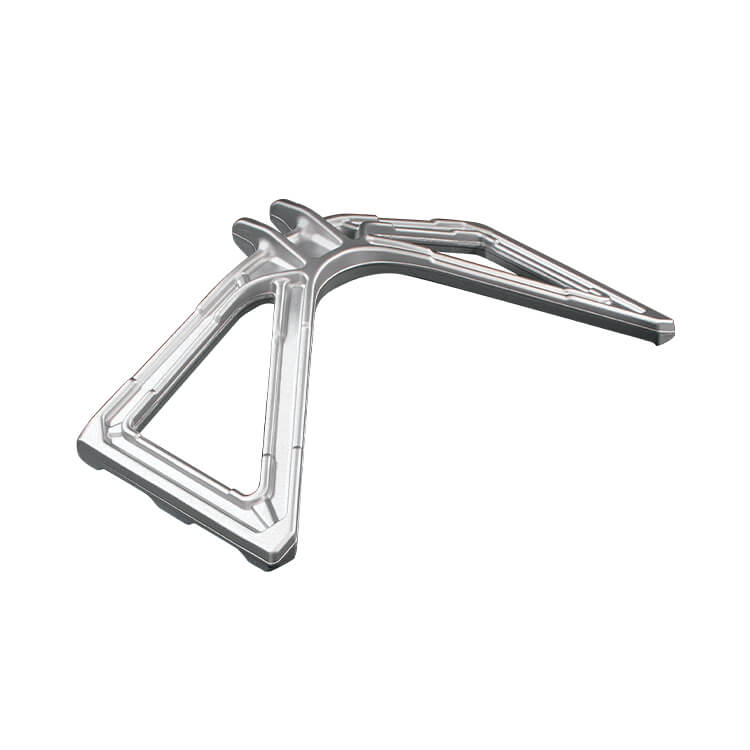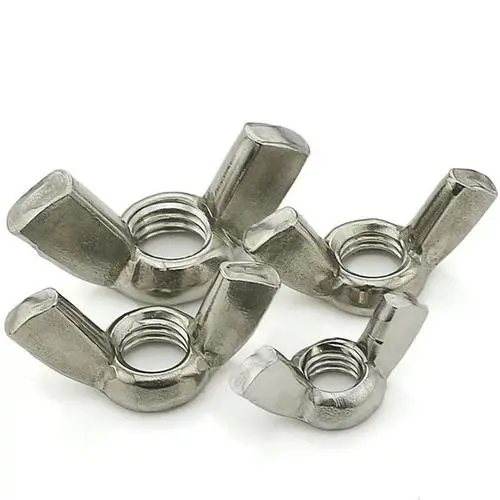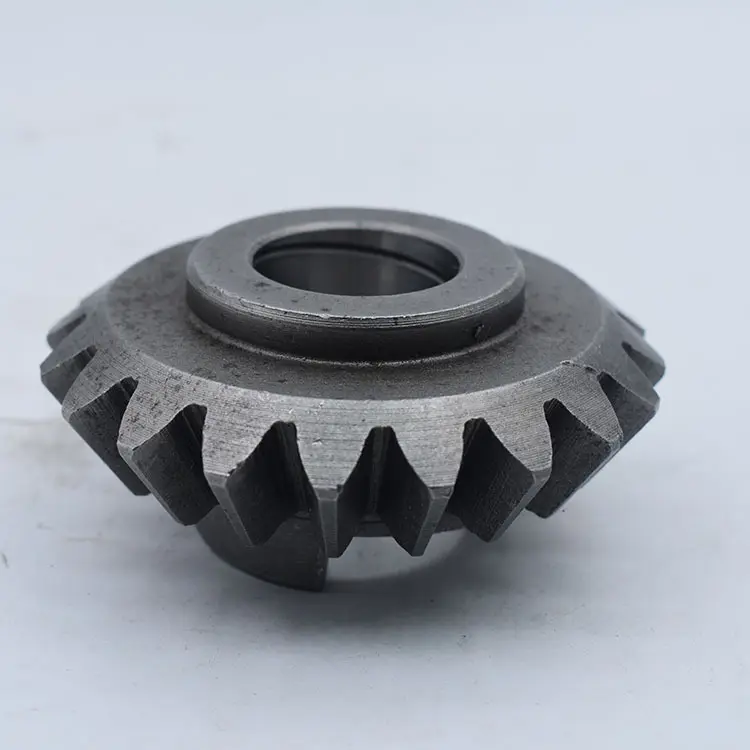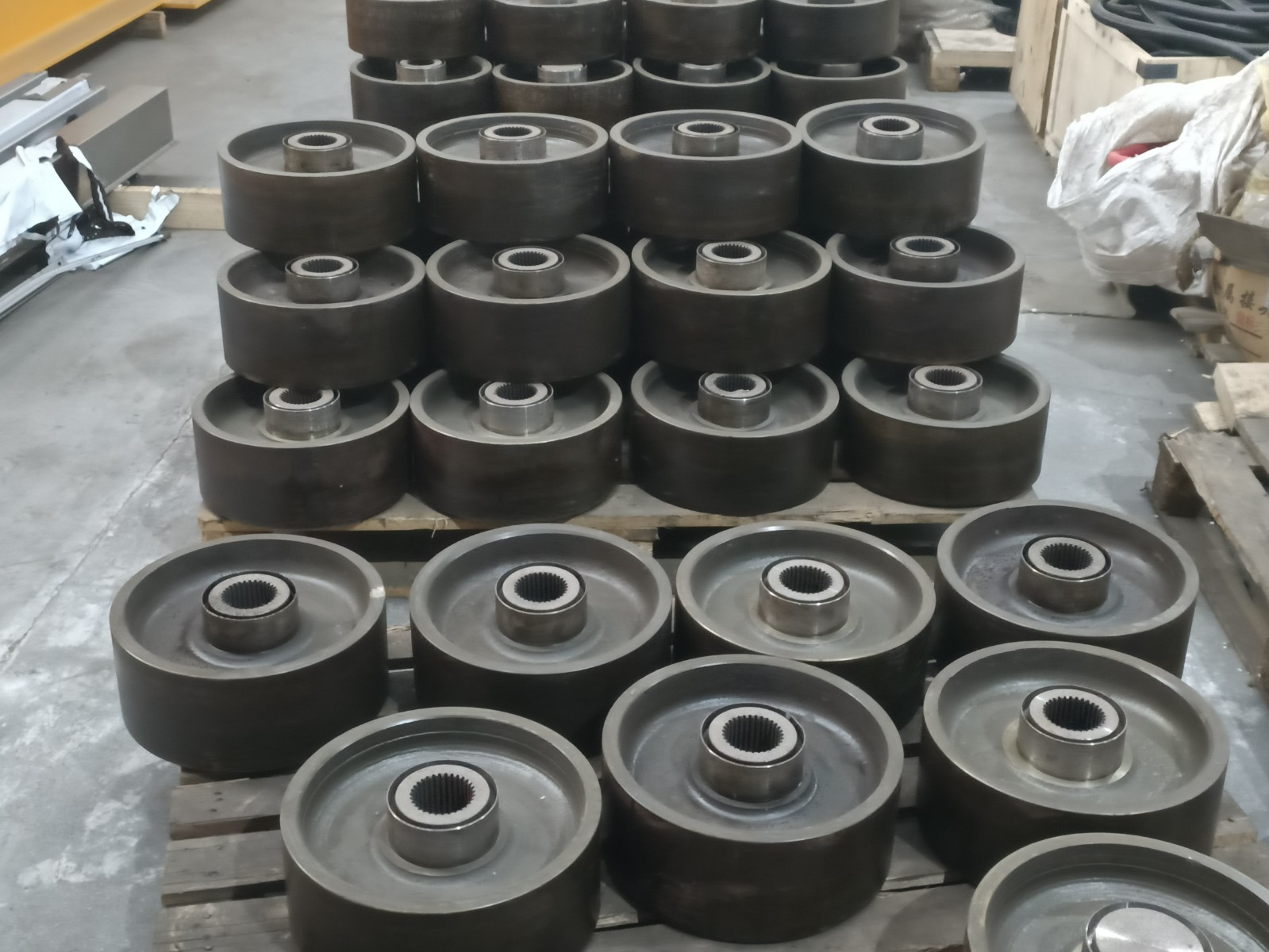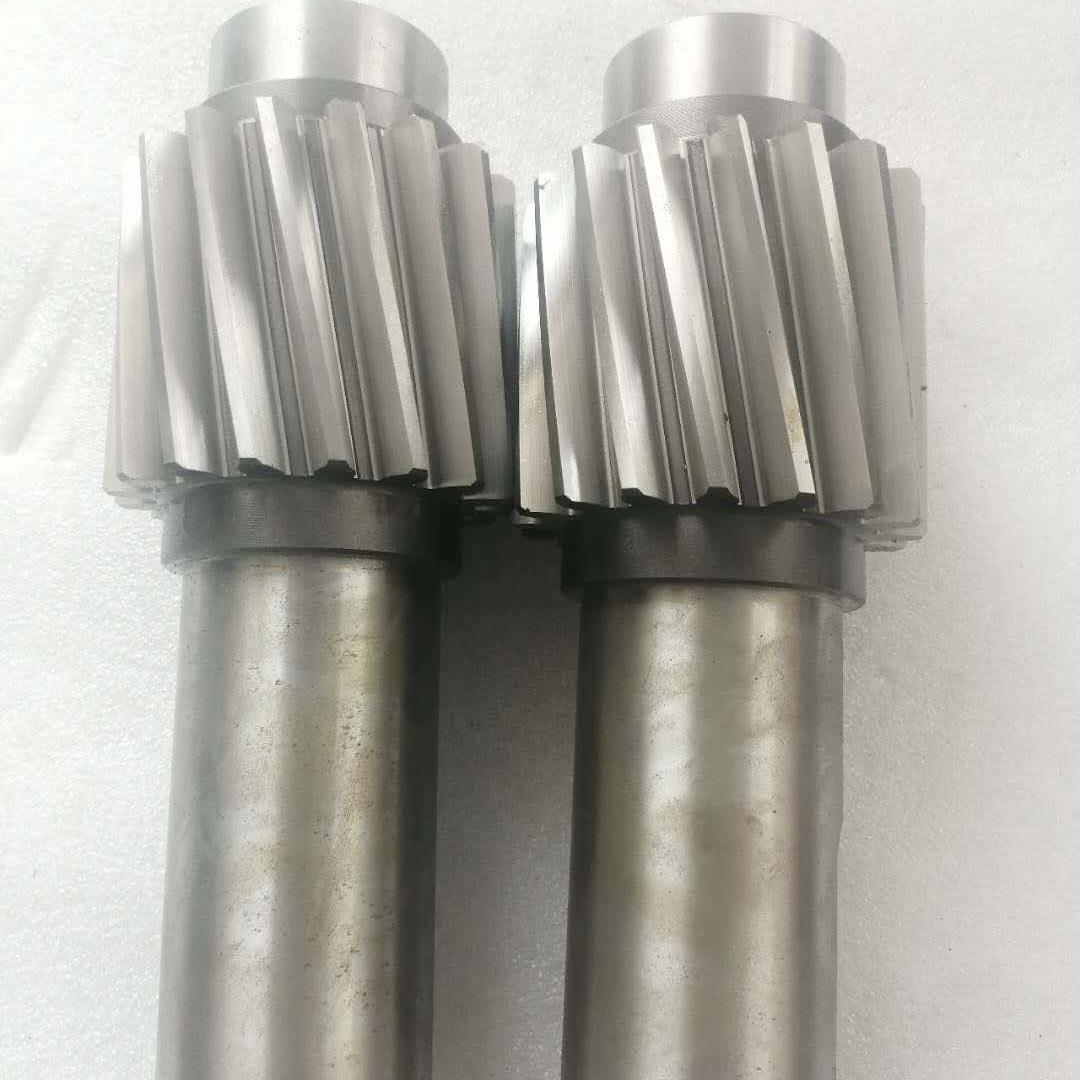Rough Forgings for Hardware Machinery
Hardware forging blanks refer to the raw metal materials used to manufacture hardware forgings, also known as forging blanks or forging blanks. It is an unprocessed metal part made by forging process, which is used to make various hardware parts, such as bolts, nuts, screws, pins, shafts, etc.
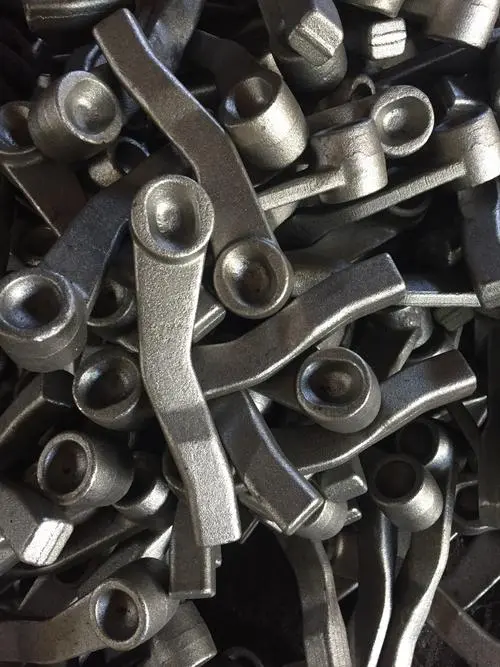
Hardware forging rough processing steps:
● Material preparation: Select appropriate metal materials according to the design requirements, such as carbon steel, stainless steel, copper, etc., and ensure that the material quality meets the relevant standards.
● Heating: Put the metal forging blank into a heating furnace, and after a proper heating temperature, it will reach a state that is easy to be plastically deformed.
● Forging: put the heated blank into a forging machine or forging equipment, and shape the blank into the required shape and size in the mold by applying pressure and deformation force.
● Heat treatment: The forging blank after forging may need heat treatment, such as annealing, normalizing, quenching, etc., to adjust the structure and properties of the material.
● Finishing: Finishing the forging blank, such as turning, milling, drilling, cutting, etc., to further trim and process the required shape, size and surface quality.
● Surface treatment: Forging blanks may need surface treatment, such as galvanizing, nickel plating, spraying, etc., to improve the corrosion resistance and aesthetics of forgings.
● Inspection and quality control: Inspect the finished metal forgings to ensure that they meet the design requirements and quality standards.
The selection and processing of metal forging blanks need to take into account product design requirements, load requirements, working environment and other factors to ensure that the final metal forging has appropriate shape, size and performance.






